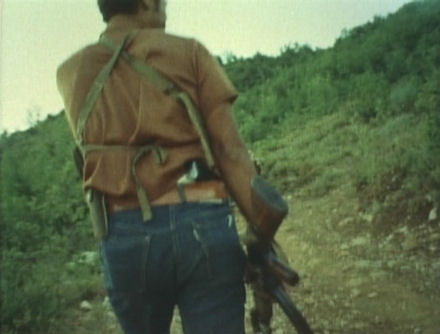Landscape/Media: an Investigation into the Revolutionary Horizon, Reloaded
Sabu Kohso is a writer and translator. Living in New York since 1980, he has published several books in Japan and Korea about urban space, radical politics, and the philosophy of anarchism, and has translated books by theorists such as David Graeber, John Holloway, Kojin Karatani and Arata Isozaki. After the Fukushima nuclear disaster, he co-edited the website jfissures.org, and has written several articles on the problematic of post-nuclear disaster society in English.
Go Hirasawa is a researcher at Meiji-Gakuin University working on underground and experimental films and avant-garde art movements in 1960s and '70s Japan. His publications include Cultural Theories: 1968 (Japan, 2010), Koji Wakamatsu: Cinéaste de la Révolte (France, 2010), and Masao Adachi: Le bus de la révolution passera bientot près de chez toi ( France, 2012). He has organized several film programs on Japanese Underground Cinema.
The development of ‘Landscape Cinema’ and ‘Landscape Theory’ took place during the short period between the late ‘60s and early ‘70s in Japan, while the ‘60s movements were declining and the militant line of guerrilla warfare was rising. It embodied a collective effort to grasp a new horizon of revolutionary struggle and the possible location of its agency in the form of film productions and critical discourses.
Initiated by an enigmatic film, AKA: Serial Killer (1969), the cinema/theory sought to confront ‘landscape’ as the main terrain for the power operation, seen by the gaze of a migrant worker. Then Red Army/PFLP – Declaration of World War (1971) was produced, embodying the second stage of the development in which tactical uses of reportage were juxtaposed over the everyday landscape of Palestine guerrillas. Although the film was produced in collaboration with Japan Red Army, it involves multiple messages including critical reflections on a broad orientation of Japan’s radical left. Screening the latter film, Hirasawa and Kohso seek to decode the problematic complexity of the cinema/movement, that tackles the mechanism of capture by landscape/media and the resistance therein, in order to approach the apocalyptic feature of planetary crises today.
